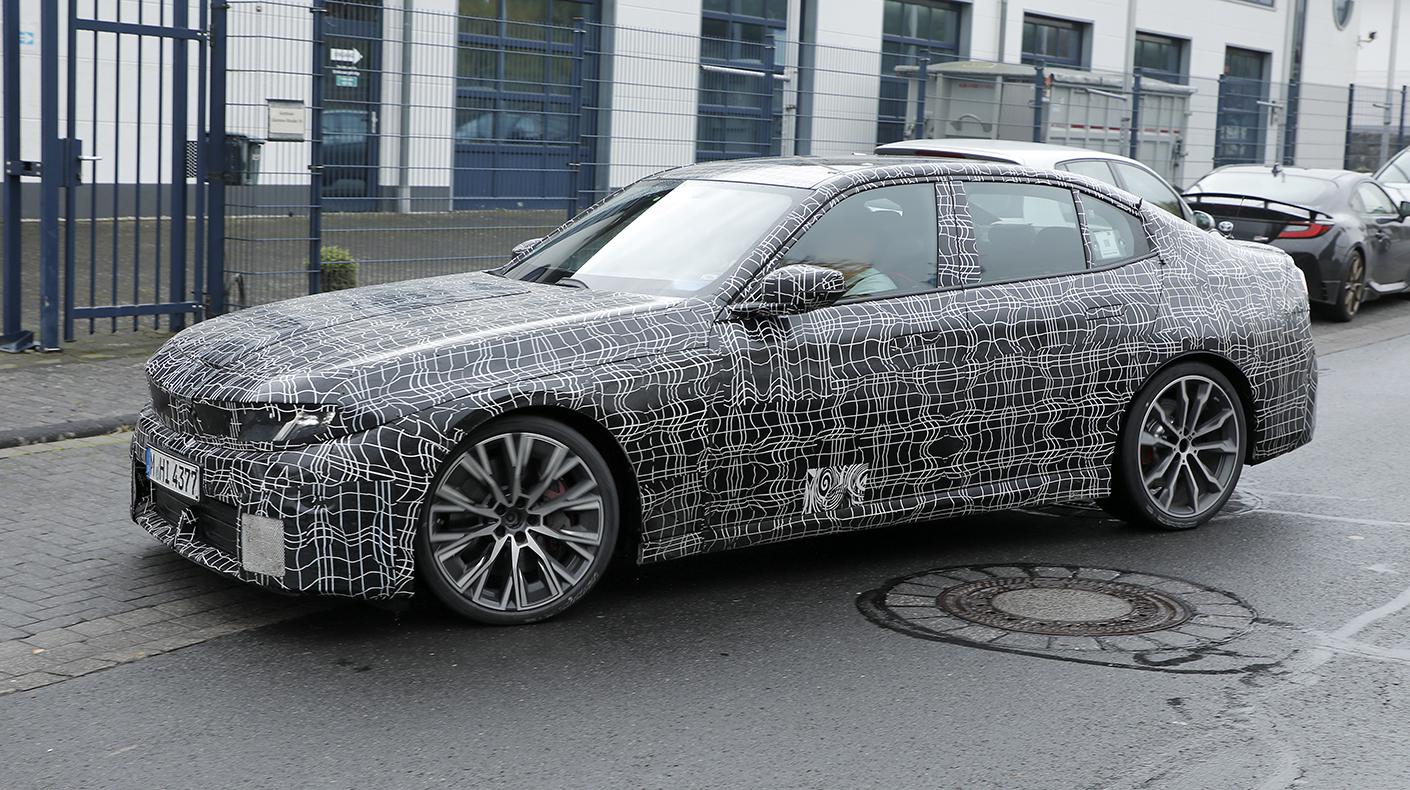 | |
| "Motorz" host and executive producer Chris Duke (podium) is one of several panelists scheduled for a 2009 SEMA Show seminar on online video marketing, moderated by Streetfire.net's John Naderi (left). |
You know that video is all over the Web, and some of it used to create effective marketing messages. But you’re at a loss as to where and how to start.
John Naderi, executive Editor of Streetfire.net, one of the web’s largest hosts of automotive video content, will moderate a session at the 2009 SEMA Show with a panel of industry experts who will dig deeper into using video to communicate with enthusiasts and customers.
Here Naderi shares his thoughts on the importance of online video in today’s marketing plans:
As a SEMA member, you have a clear understanding of how exciting our cars, trucks and SUVs look on video. A modified vehicle is, in essence, a kinetic sculpture that must be seen in motion to be truly appreciated.
If you plan on using video to communicate with your customers, you should know that there are just as many obstacles as benefits, from producing a video on an affordable budget to properly distributing it to get the most views. The most well-known type of video is the viral video.
In terms of exponentially increased reach and cost-per-view, the viral video is also by far the most effective. Viral video is a phrase that, much like social networking, is often bandied about in marketing discussions, but rarely understood. In order to better grasp the viral video concept, it might be easier to break down each of these terms individually.
Everyone knows what video is, and lately film's stripped-down sibling has come into its own with the proliferation of affordable video cameras and publishing equipment. While the viral spread of a trend, message or idea began to blossom in the late 90s as Internet connectivity became widely accessible, the mash-up of these two terms is essentially nothing more than an amateur video clip that achieves widespread Web exposure.
But this widespread exposure wasn't even possible until the advent of YouTube, where both the concept and delivery of these viral videos evolved into a social phenomenon. Through the use of Flash video technology, YouTube simplified the process of posting videos online. While YouTube has only been up since late 2005 (how did we manage before Star Wars Kid?), the site is now the number one online video provider and is ranked as the fourth most popular site on the Web.
In case you were wondering, Facebook just displaced YouTube in the top three traffic rankings, following Google and Yahoo, respectively. But YouTube's rank drop is not necessarily indicative of a shift into Tubes of other sorts. In fact, 20 hours of new videos are uploaded to YouTube every minute, attracting six billion views each month.
Herein lies the rub.
While YouTube is the biggest site for video sharing, is it necessarily the best? Even the best videos will be competing for views with an Internet's worth of content. Title tags, targeted distribution and social network seeding are just some of the tricks to getting your video out of the clutter and in front of interested viewers.
How do you make a video that will catch like a contagion and spread your message faster than you can say “Keyboard Cat?” Just as important is how to avoid creating a poorly conceived or received video that a gives off too much of a commercial vibe. These types of videos are known as “Astroturf,” in reference to a manufactured grassroots message.
You might be wondering, "How I can begin to worry about such nuances as Astroturfing a viral if I don't even own a video camera yet?"
That's where I come in. No, I'm not going to buy you a video camera. But I can show you how to create and distribute compelling video for very little time or effort. During my panel discussion at the 2009 SEMA Show, "Creating Killer Video: Using Video to Communicate with Your Customers,” we'll start by teaching you how to create effective video for distribution via the Internet.
Topics will include equipment suggestions, content ideas, and what to do with the video once it's produced. We'll even share the secrets of videos that have worked well by earning tens and sometimes hundreds of thousands of views on various video sharing and social media Websites with little effort and cost.
When I say "we,” I am referring to the experts who know more about this sort of stuff than you or I, experts like Famous Rhodes of eBay Motors, who will speak on the shift from print to video, supplying the numbers behind the movement and defining how this is changing the way the specialty-equipment market is promoted online.
James Lawrence, the president and CEO of powerTV Media, knows how to produce powerful and cost-effective video content and will give you the low down on affordable video equipment and editing options.
Chris Duke, the host and executive producer of "Motorz," is well versed in the creation of compelling and informative viral video on a realistic budget. Finally, Stillen Marketing Manager Josh Biggers will provide you with specific examples of how he uses what he already has to promote his company’s products.
If you've always wanted to use video to communicate with your customers but were unsure how to get started, this is your chance to learn. I for one want to encourage you to upload more great automotive video content, if only because I want to see less of Susan Boyle singing and more clips of fine-tuned engines at full song.
Seminar: "Creating Killer Video: Using Video to Communicate with Your Customers"
Track: Online Marketing
Presenter: John Naderi, Streetfire.net
Date/Time: Monday, November 2, 2009, 9:30 a.m.–10:30 a.m.





